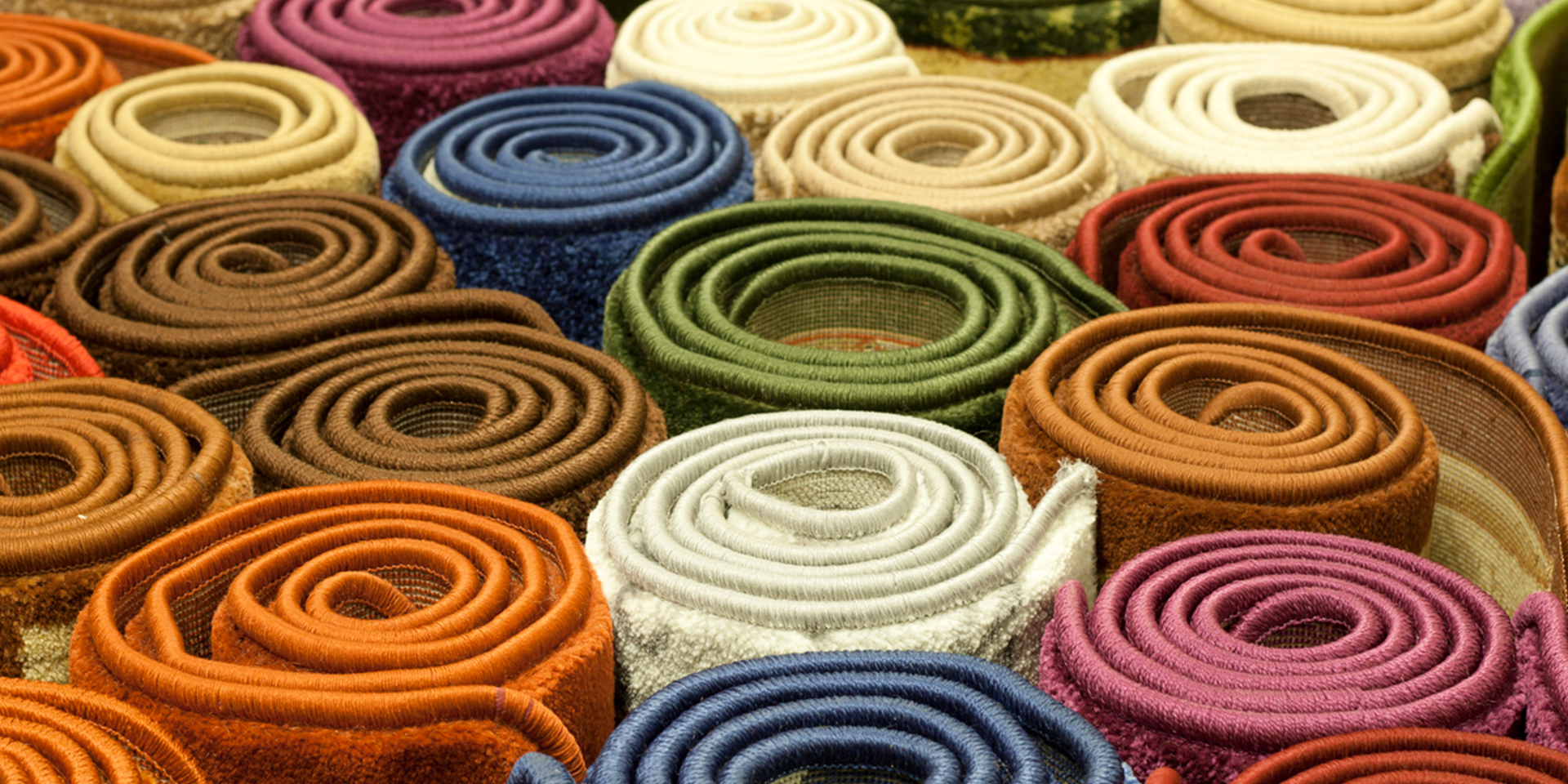CEO Spotlight: Stacy Flynn of Evrnu
Kate Gaertner
In conversation with visionary Founder & CEO, Stacy Flynn of Evrnu
 Kate Gaertner, CEO of TripleWin Advisory, had the opportunity to speak with Stacy Flynn, the visionary founder and CEO of Evrnu, a textile innovations company that is seeking to deploy its regenerative fiber technologies to re-engineer discarded clothing into new, high-quality, performance apparel. Evrnu is one of a handful of chemical recycling companies seeking to solve the material waste problem globally but is specifically focused on circularity within textiles. Evrnu is headquartered in Portland’s ‘sister’ city: Seattle, Washington. Continue on to read highlights from their interview together.
Kate Gaertner, CEO of TripleWin Advisory, had the opportunity to speak with Stacy Flynn, the visionary founder and CEO of Evrnu, a textile innovations company that is seeking to deploy its regenerative fiber technologies to re-engineer discarded clothing into new, high-quality, performance apparel. Evrnu is one of a handful of chemical recycling companies seeking to solve the material waste problem globally but is specifically focused on circularity within textiles. Evrnu is headquartered in Portland’s ‘sister’ city: Seattle, Washington. Continue on to read highlights from their interview together.
Stacy: Evrnu is able to ‘manipulate’ the quality of the [waste] cotton fiber through the extrusion process. It’s similar to making pasta dough. How big, long, thick and differently shaped the dough is, determines the outcome of the pasta that will be created. The same is true for cotton fiber. We start with pulp, a slurry and push it through the spinnart (like a 3D printer), and the shape of the holes will determine the end-use qualities of the fiber.
Stacy: Garmet recyclers currently exist but they would be crushed by the high influx of textiles to be recycled in this way. Most current textile recycling systems are manual (done by hand). Evrnu allows processing to be automated including the sorting, separating and batching of textile ‘waste’.
What is critically important for chemical recycling economics is quality assurance: to maintain consistency in the quality of the fibers that are to be repolymerized. Evrnu’s sorting machine can sort, separate and grade textile waste at the rate of 8 tons/hour. Manual sorting can only handle a rate of 1 ton/day and with a high degree of variability. If, as an industry, we want to handle the influx of customer textile waste and do something meaningful with it, we need to automate the process of waste sorting, separating and batching and move ‘waste’ textiles through the system at a much higher volume than what exists today.
